The News-Hub/ Articles
Back to Articles
Recommended Articles
Seagrass: The Essential Ecosystem That Could Save the World
Believe it or not, but there is one ecosystem that could save the world from the impending, global, and disastrous effects of climate change. But that ecosystem, seagrass, is in grave danger. In this article discover the importance of seagrass, its significant threats, and how YOU can help save this essential habitat.
Did you know that seagrass, not to be confused with seaweed or beachgrass, is one of the most essential ecosystems in the world? Yet, despite its importance, seagrass receives extremely little attention from mainstream media.
What is Seagrass?
Seagrass is a deceptive term: the species looks like grass, with long green swaying leaves that form underwater meadows along temperate and tropical coastlines, but is actually more closely related to orchids and lilies. The 72 species of seagrass make up the only underwater flowering plants that are pollinated while submerged in saltwater. Seagrasses are mostly pollinated by the ocean currents, although tiny crustaceans have now been found to act a lot like bees ferrying pollen between flowers.

Why Is Seagrass Important?
Seagrass Protects Coastlines
First off, seagrass protects coastlines from erosion and storms by slowing the speed of water with its leaves. Seagrass more specifically prevents erosions and storms by encouraging sedimentation or the depositing of silt, sand, and other materials that are suspended in the water. By sifting these out of the water and using their rhizomatous roots to stabilize the seabed, seagrass builds up the layers of sediment on the ocean floor thus making it more shallow. This disrupts the underwater momentum, ultimately mitigating the destructive force with which the ocean could havoc our shorelines.
Moreover, this effect filters out many pollutants and excess nutrients that humans have added to waterways, and ‘cleans’ the water before it pollutes other environments and stores them in the sediment. This nutrient cycling is estimated to have a worldwide value of $1.9 trillion per year.
The pollution that seagrass filters out includes carbon dioxide. Seagrass is actually capable of permanently storing 35x more carbon in the sediment than our rainforests, and is currently responsible for stowing 18% of carbon in the ocean despite only covering 0.1% of the ocean floor. This is important because carbon in the ocean causes ocean acidification, which puts plankton, corals and any other species with calciferous exoskeletons at risk. As the ocean becomes more acidic, their shells become thinner and more brittle thus reducing their survival rate. As many of these species form the basis of many ecosystems, seagrass is ultimately protecting all of these other habitats as well.

Photo by The Tampa Bay Estuary Program on Unsplash
Seagrass Provides Food and Shelter to Many Species
Seagrass also provides food and shelter to many species (including top predators like cod, plaice and pollock) that rely on a complicated food chain that starts and ends with the seagrass itself. The protection afforded by seagrass supports more than just fish and bottom dwellers like crustaceans and neighbouring reefs. These habitats are also occupied by some of our most beloved marine creatures including sea turtles, seahorses, and dugongs. Seagrass also protects the seafloor and provides a safe space for smaller, more delicate species from being washed away, such as fry (young fish).
Seahorses actually hold onto the seagrass with their curly tails to resist the ocean currents!
Furthermore, at the end of the life cycle for everything, the seagrass catches leftover debris like a sieve, filtering it down to the roots, and uses these roots to grow again. Of course, any non-biodegradable materials like plastic and chemical pollutants can disturb this balance. Or, even worse, animals can mistake it for food thus clogging up and damaging their insides.
Seagrass Provides Income
Last, but definitely not least, seagrass provides essential income to people through the fisheries. Food production, tourism, and other industries like boat building add up to €112 million in the Mediterranean economy alone. Seagrass meadows actually form the basis of the world’s primary fishing grounds, supplying 50% of the world’s fisheries. Plus, 32% of commercial fish species utilise seagrass during at least one part of their lifecycle. Tourist experiences and souvenirs such as woven seagrass mats and art are also important for helping everyone understand its meaning in culture, and not simply extraction. After all, we value and protect much better if we appreciate aspects beyond humanity in multifaceted ways.
In conclusion, seagrasses are important because it improves water quality, cycle nutrients, and can sequester carbon 35 times faster than tropical rainforests in perpetuity. This thus pseudo-seaweed slows down ocean acidification and climate change while also providing us with half of our seafood and other special benefits like turtles and seahorses. In fact, seagrass is so valuable that Project Seagrass estimates that 1 hectare of seagrass is worth $40,00/year.
What Are the Main Threats to Seagrass?
Sadly, seagrass meadows are declining at similar rates to coral reefs and rainforests. This reduction has increased from 1% per year in 1940 to 7% per year in 1990, which is equivalent to losing a football field size worth of seagrass every 30 minutes. In the UK, 92% of seagrass ecosystems have been lost over the last century.
There is quite a long list of threats to seagrass species. In fact, it sometimes feels like we have gone to war with our main food providers: the soil and the sea, but there is a way out of this. However, first let’s go into more detail about the main threats to seagrass: industrial and agricultural runoff, coastal infrastructure development and dredging, trawling, aquaculture development, boat damage and climate change.
Industrial and Agricultural Runoff
Pollution and agricultural runoff causes all sorts of problems for different ecosystems. By filtering it out and storing it in sediment, seagrass can mitigate algal blooms caused by an excess of nutrients from topsoil and agricultural runoff.
Coastal Infrastructure Development
Coastal infrastructure development causes changes in the flow of water and sediment. For example, rivers flow faster and cut channels into the seabed, and tidal flows are also altered.
Building in coastal areas changes the habitat dramatically, from a coastal transition zone (which would be very species-rich because of the mixture between salt and freshwater habitats) to one with human pollution and hard surfaces. For humans building in coastal areas is risky — it is more expensive to maintain especially with sea levels rising and more extreme storms. However, a seagrass (or mangrove) and wetland estuary habitat would protect us for free and provide more food and water purification services.
Dredging
Dredging is a process where the seafloor is scooped or vacuumed up with large metal frames and then deposited somewhere else. It is a way of making enough space for big ships to get into places that they otherwise wouldn’t, extending land in valuable places like shipping ports, and also mitigating coastal erosion by replacing lost sediment with dredged sediment.
Dredging is also used as a lazy and expensive way of harvesting things like scallops, which destroys the fishing ground for everyone. The process unearths pesticides, nutrients, and other things that were stable so they become resuspended in the water, allowing them to enter the food system again.
Now, loose material remains prone to being resuspended repeatedly for months due to storms and boats. The turbid water can move to neighbouring ecosystems, covering them and harming them in addition to the area that has intentionally been damaged. It can take tens to thousands of years for different ecosystems to recover completely, if that’s even possible, as some species are hundreds of years old and very rare.
Trawling
Trawling is similar to dredging in that species are picked up indiscriminately from anywhere in the water column. The most destructive type is bottom trawling where nets operate from the bottom of the sea. Bottom trawling adds weights and hooks on the bottom of the nets that rip and smash up ecosystems, which can take 30+ years to grow back. The most harmful form of trawling collects small shrimp from the seafloor, as the holes in the nets don’t allow larger bycatch to escape. The ratio of dead and dying animals that are thrown back into the sea compared to what is actually kept and sold can be as much as 10:1.
Trawler nets operating higher up in the water column don’t destroy habitats, but they do end up with bycatch including turtles, cetaceans (dolphins and whales), sharks and many fish that are thrown away. In order to minimise damage to fish stocks, holes in fishing nets have to be big enough to let juvenile fish through, however, this doesn’t take into account that more mature fish produce many healthier eggs and fish stocks have plummeted over the last 100 years. The size of individual fish caught over the last 100 years has also decreased dramatically.
Aquaculture Development
Aquaculture development usually involves large tanks or nets with a high concentration of animals that attracts large numbers of parasites. The easiest way to control these is to use pesticides and antibiotics. The fish are often fed using pellets made from a mixture of wild-harvested ingredients, waste from the land animal industry such as offal of less valuable cuts of meat, and some form of carbohydrate. There is a lot of animal waste that pollutes the water alongside the rest of this cocktail, and as aquaculture for many species is near where the wild fish pass, many young fish can get badly infected and weakened simply from passing by. Then they have to manage with whatever food stocks are left.
Boat Damage
Boat damage includes propeller damage and anchors ripping up roots and sediment, sometimes over quite a distance.
The more fragmented and damaged our ocean floors become, the more difficult it gets for species to recover, and the more likely it is that species go extinct sometime before we even realise they exist. Ocean habitats have been the sources of new antibiotics and other medications. In fact, 60% of cancer medications come from living things and antibiotics are becoming scarce. As was mentioned in David Attenborough's recent documentary, Extinction: The Facts, the more these habitats are damaged the more likely it is that we will be negatively affected by new diseases, as species in them become more susceptible to infection thus allowing illness to spread.
As seagrass stabilizes the seafloor and filters the water, a lot of our pollution ends up being sequestered in the sediment under the grasses. Excess nutrients are especially damaging as they encourage algal growth which can outcompete the seagrass and reduce the available light.
Sea level rise can mean that less light reaches the seagrass over time, and also that larger bodies of water hold more power of destruction in storms, which can severely damage the plants, potentially burying them under loose sediment.
To combat this damage, Sky Ocean Rescue, WWF and Swansea University have started a project to re-establish a 20,000m2 seagrass meadow in Pembrokeshire to help save local species and fight the climate crisis. Over time this single project could support 160,000 fish and 200 million invertebrates.

Photo by John Mark Arnold on Unsplash
What are algal blooms?
Algal blooms are a useful part of nature when they are in balance; algae are eaten by many animals at the top of the food chain. However, when there are too many algae they sink to the ocean floor at the end of their lives and decompose there. This process uses up oxygen in the water, creating what is known as “hypoxia” or “dead zones”. These areas have a reduced amount of oxygen dissolved in the water, thus causing the death of any other species that require more oxygen than is present.
All species are different but larger species tend to require more oxygen than smaller species to survive. The worst dead zones have contributed to the long-term collapse of ecosystems around the world and take up about 10% of the sea. As with everything, there must be a balance.
This kind of pollution and algal growth can also destroy seagrass meadows if there is too much of it. Plus, any ecosystem that collapses of course then diminishes the number of things that we can extract from the sea. This also affects nomadic species such as whales, turtles, tuna and many other fish that traverse the oceans relying on many different ecosystems en route. Everything is interconnected.
How YOU Can Save Seagrass
Though it can feel like we have gone to war with our main food providers: the soil and the sea, there are ways to help save seagrass (and the rest of the environment along with it). Here are some tips:
- Most important of all, tell people about the seagrass crisis! This is an ecosystem that is less spoken about than the rainforest, but is just as essential to our wellbeing.
- Avoid fish that has not been caught sustainably, especially anything trawled or dredged.
- Give the ecosystem value by buying sustainably sourced seagrass products like baskets and rugs. These could perhaps also be used as a plastic alternative.
- Support ecotourism and marine protected areas. Only visit hotels and take cruises that look after their habitat and resources: check if they have a sustainability policy. Usually, cruise ships follow stringent directives to clean and dilute wastewater and are actually leaders in managing waste and recycling. They can, however, house vast numbers of people whose arrival in beautiful little places does impact the local communities and environment, so be considerate.
- If you like to eat fish, download the Good Fish Guide, an easy to use app, or check their guide online which can help you make sustainable fish choices in the moment.
- If you’re on holiday or own an aquarium, don’t buy seahorses or other animal products unless you know they’re captive-bred and sustainably sourced.
Seagrass provides a chance to save the world from the impending catastrophes of climate change, though climate change might act faster and wipe out the ecosystem altogether. We must act NOW to protect this species so that seagrasses, in turn, may protect us.
Empty content. Please select category to preview

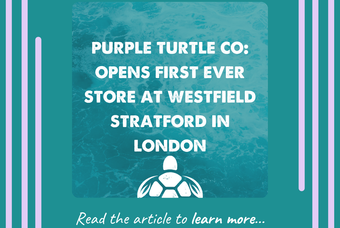
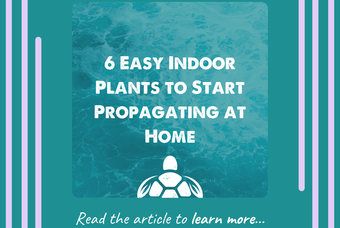
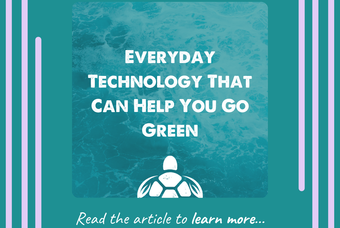
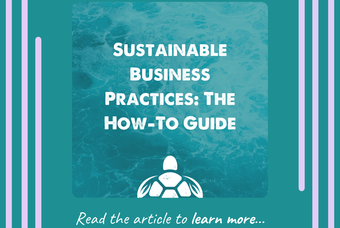
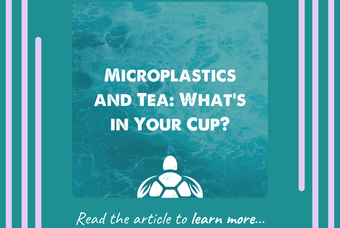
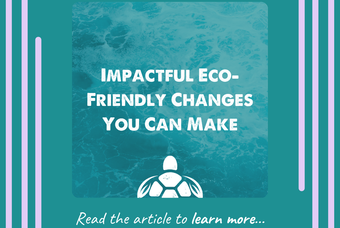
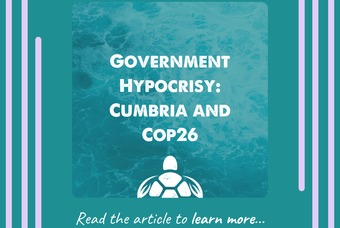
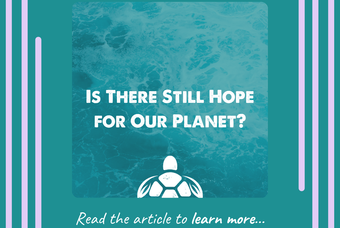
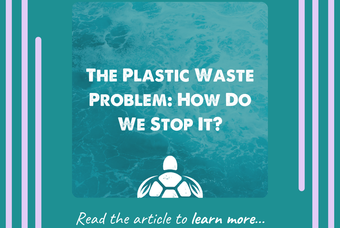
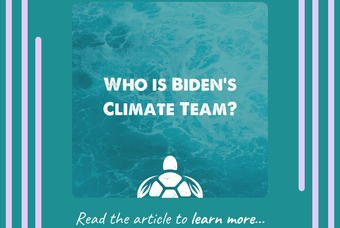
0 comments. Write a comment